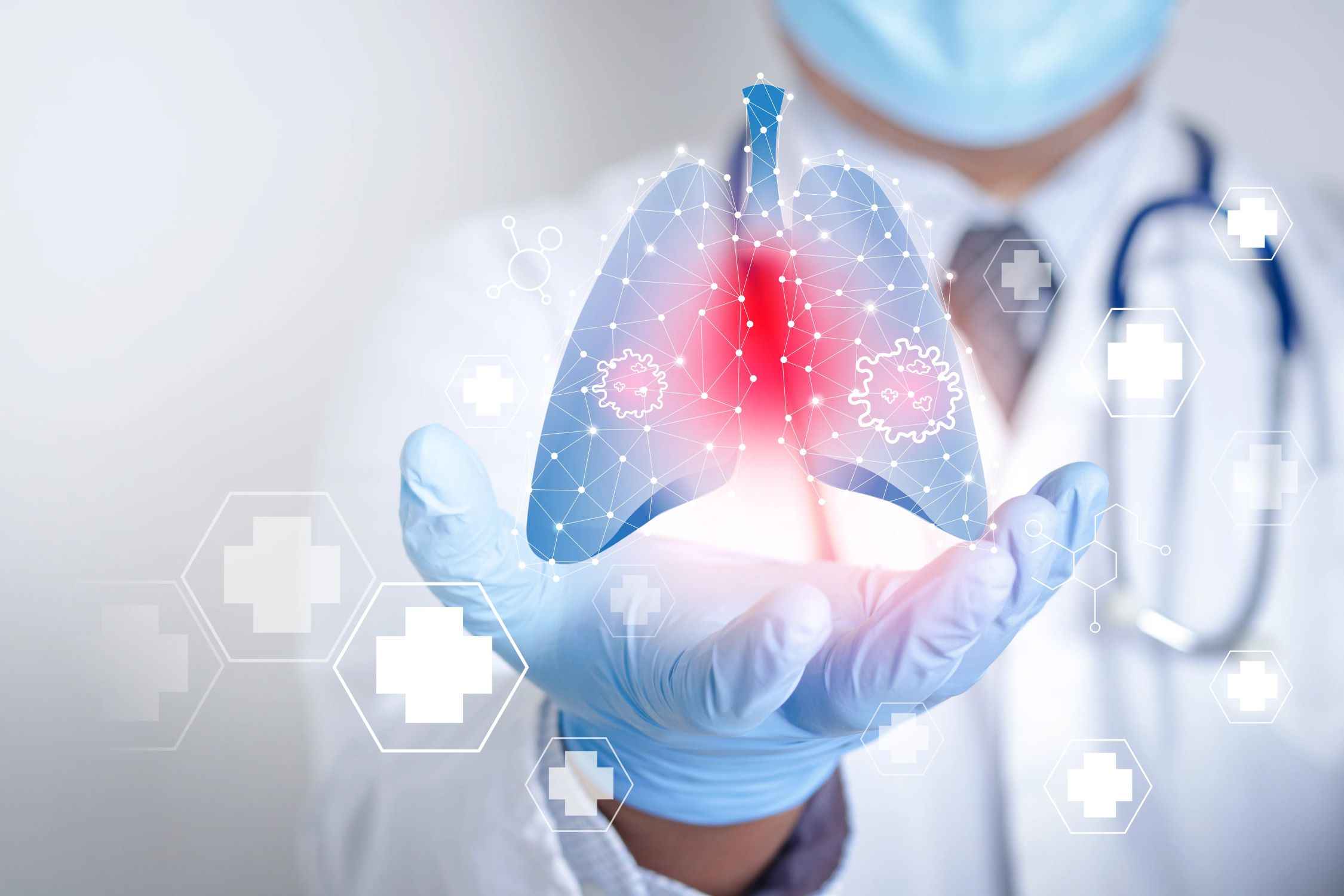
Pulmonary Rehabilitation
Pulmonary rehabilitation is a comprehensive program designed to improve the physical and emotional well-being of individuals with chronic respiratory conditions. At SHIFAA PAN African Hospitals, our Pulmonary Rehabilitation team collaborates with respiratory therapists, physiotherapists, and healthcare professionals to deliver tailored programs that enhance lung function, exercise tolerance, and overall quality of life for patients with lung diseases.
Overview of Pulmonary Rehabilitation:
Indications for Pulmonary Rehabilitation:
- Chronic Respiratory Diseases: Including Chronic Obstructive Pulmonary Disease (COPD), asthma, interstitial lung disease (ILD), bronchiectasis, and pulmonary hypertension.
- Pre- and Post-Lung Surgery: Preparation and recovery support for patients undergoing lung surgeries or lung transplant procedures.
- Respiratory Impairments: Such as reduced exercise tolerance, dyspnea (shortness of breath), and fatigue due to lung conditions.
Components of Pulmonary Rehabilitation:
Exercise Training:
- Tailored exercise programs including aerobic exercises, strength training, and flexibility exercises to improve lung capacity, muscle strength, and endurance.
- Supervised sessions with exercise physiologists or physiotherapists ensure safety, proper technique, and progressive training based on individual abilities and goals.
Education and Self-Management:
- Disease education on lung anatomy, respiratory medications, breathing techniques, symptom management, and energy conservation strategies empower patients to better understand and manage their conditions.
- Lifestyle modifications, smoking cessation programs, nutrition counseling, and stress management techniques support overall health and disease management.
Psychosocial Support:
- Counseling sessions, support groups, and mental health interventions address anxiety, depression, and emotional challenges associated with chronic lung diseases, promoting mental well-being and coping strategies.
Key Points on Pulmonary Rehabilitation:
Benefits of Pulmonary Rehabilitation:
- Improved Exercise Capacity: Enhances aerobic endurance, muscle strength, and functional abilities, reducing dyspnea during daily activities.
- Symptom Management: Teaches breathing techniques, energy conservation methods, and medication adherence, leading to better symptom control and quality of life.
- Enhanced Self-Efficacy: Empowers patients with knowledge, skills, and confidence to manage their conditions, reducing hospitalizations and improving overall well-being.
Multidisciplinary Approach:
- Collaboration among pulmonologists, respiratory therapists, physiotherapists, nutritionists, psychologists, and social workers ensures holistic care addressing physical, emotional, and social aspects of lung diseases.
- Individualized treatment plans, goal setting, and progress tracking optimize outcomes and patient satisfaction.
Post-Rehabilitation Care and Maintenance:
Long-Term Management:
- Maintenance exercise programs, home exercise plans, and regular physical activity promote sustained benefits achieved during pulmonary rehabilitation.
- Continual follow-ups, periodic assessments, and adjustments to treatment plans based on disease progression or changing needs ensure ongoing support and optimization of lung health.
FAQs:
What is Pulmonary Rehabilitation, and who can benefit from it?
Pulmonary rehabilitation is a comprehensive program for individuals with chronic lung diseases, aiming to improve lung function, exercise tolerance, symptom management, and overall quality of life.
What are the components of Pulmonary Rehabilitation, and how are they personalized?
Components include exercise training, education on lung diseases and self-management strategies, psychosocial support, and lifestyle interventions tailored to individual needs, disease severity, and goals.
What are the benefits of Pulmonary Rehabilitation beyond exercise?
Pulmonary rehabilitation improves symptom management, enhances self-efficacy, reduces hospitalizations, and empowers patients to actively manage their conditions, leading to better overall health outcomes.
How long does Pulmonary Rehabilitation typically last, and what is the frequency of sessions?
Programs usually span several weeks to months, with 2-3 sessions per week. Duration and frequency depend on individual needs, response to therapy, and program goals.
Is Pulmonary Rehabilitation suitable for patients with different lung conditions or post-surgery recovery?
Yes, pulmonary rehabilitation benefits patients with COPD, asthma, ILD, bronchiectasis, pulmonary hypertension, and those recovering from lung surgeries or transplant procedures, offering tailored support and rehabilitation.
What role does patient education play in Pulmonary Rehabilitation, and what topics are covered?
Education covers lung anatomy, disease management, medication adherence, breathing techniques, energy conservation, nutrition, smoking cessation, stress management, and strategies for maintaining lung health.
How does Pulmonary Rehabilitation contribute to long-term lung health and overall well-being?
Pulmonary rehabilitation instills lifelong habits of physical activity, self-management, and healthy living, supporting ongoing lung function, symptom control, and improved quality of life for individuals with chronic lung diseases.
Pulmonology Procedures
- Arterial Blood Gas (ABG) Testing
- Biopsy (Transbronchial, Thoracoscopic)
- Bronchoscopy
- Chest Tube Insertion
- Continuous Positive Airway Pressure (CPAP) Therapy
- Lobectomy
- Lung Transplantation
- Lung Volume Reduction Surgery
- Mechanical Ventilation
- Non-Invasive Ventilation (NIV)
- Oxygen Therapy
- Pleurodesis
- Pulmonary Function Tests (PFTs)
- Pulmonary Rehabilitation
- Thoracentesis
- Tracheostomy




